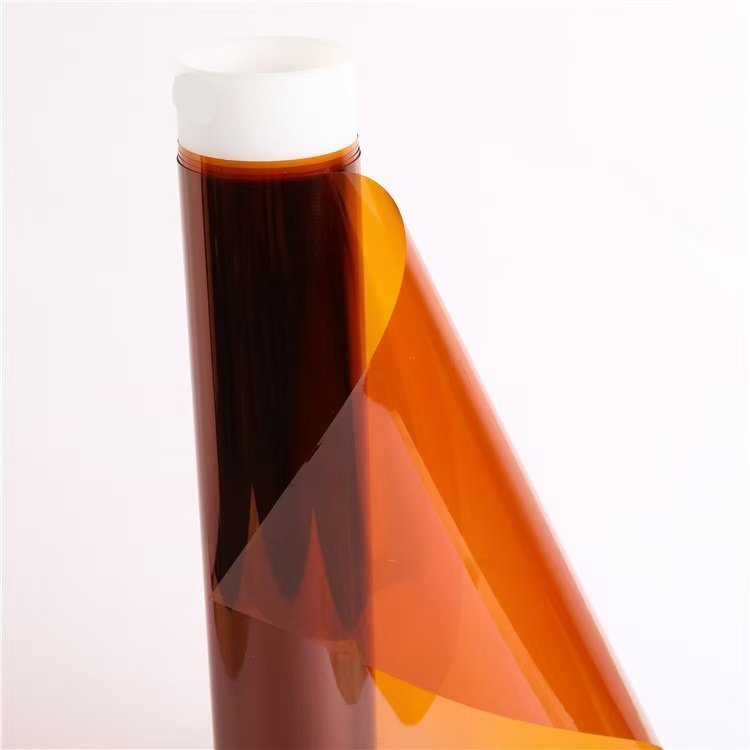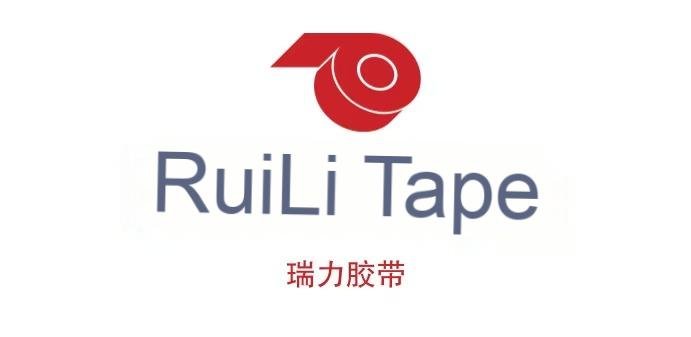High temperature tape is a type of adhesive tape mainly used in the electronics industry for use in high-temperature working environments. High temperature tape includes KAPTON high-temperature tape, PTFE high-temperature tape, high-temperature textured paper tape, PET green high-temperature tape; High temperature double-sided tape, etc. Today, the editor will focus on introducing KAPTON high-temperature tape, also known as polyimide tape.
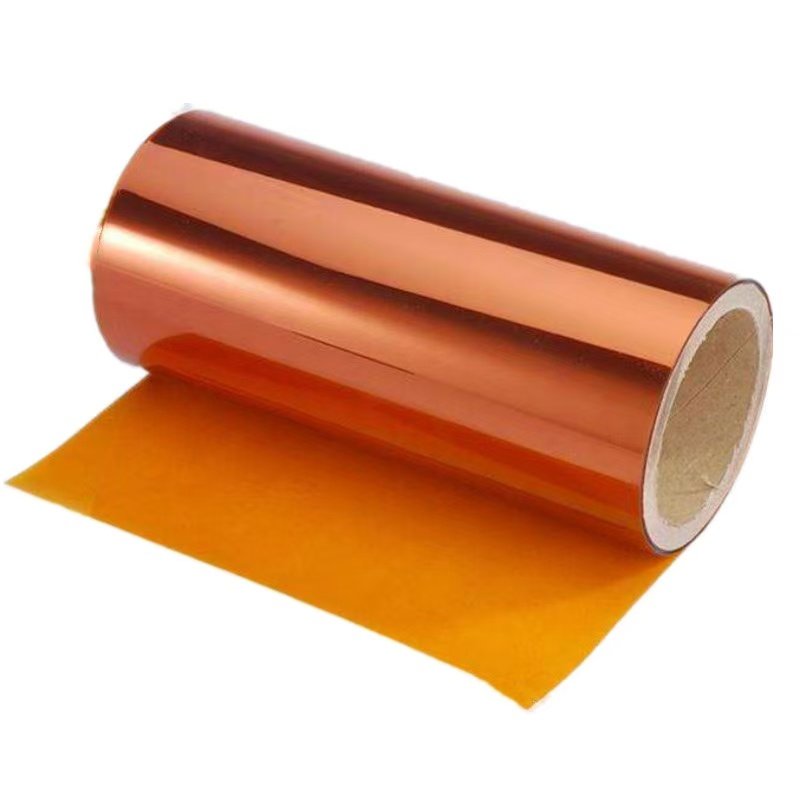
Polyimide tape
Also known as KAPTON tape, gold finger tape, PI tape, it is made by coating a polyimide film substrate with high-temperature resistant adhesive. There are two types of materials: single-sided fluoroplastic release material composite or non composite.
Material characteristics
Polyimide tape has excellent insulation, durability, acid and alkali resistance, and temperature resistance. It can usually be used between 120 degrees and 260 degrees, and 180 degrees can be used for a long time. Excellent high-temperature electrical performance, high insulation, high temperature resistance, low temperature resistance, acid and alkali resistance, low electrolysis, good mechanical properties, wear resistance, tear resistance, special adhesive treatment, strong adhesion, leaving no residue on the covered surface after tearing. The product specification is 33M long, and the color of the tape is usually brown or golden yellow. The commonly used widths are 10mm, 15mm, 20mm, 25mm, etc. (can be customized). High precision coating up to ± 2.5um, no scratches, wire drawing or other phenomena, good shear performance, easy to punch die cutting processing.
Material parameters: Substrate thickness: 0.0125mm-0.125mm Adhesive thickness: 0.025mm-0.065mm Adhesive composition: Silicone/Acrylic Adhesive strength: 450-720g/25mm Temperature resistance -10 ℃ -300 ℃ Tensile strength 14-18kg/mm Elongation rate 55% -85% Corrosion resistance: 1.0H Electrical strength: 6000V~7200V
Application area
Coatings: Used as insulation paint for electromagnetic wires or as high-temperature resistant coatings.
Advanced composite materials: used for aerospace, aircraft, and rocket components. It is one of the most heat-resistant structural materials.
Fiber: Its elastic modulus is second only to carbon fiber, and it is used as a filtering material for high-temperature media and radioactive substances, as well as bulletproof and fireproof fabrics.
Foam plastic: used as high temperature resistant and heat insulating material.
Engineering plastics: There are thermosetting and thermoplastic types, and thermoplastic types can be molded by compression molding, injection molding, or transfer molding. Mainly used for self-lubricating, sealing, insulation, and structural materials.
Separation membrane: used for the separation of various gases, such as hydrogen/nitrogen, nitrogen/oxygen, carbon dioxide/nitrogen, or methane, to remove moisture from air hydrocarbon feed gases and alcohols. It can also be used as a pervaporation membrane and ultrafiltration membrane.
Photoresist: Some polyimides can also be used as photoresists. There are negative and positive adhesives, and the resolution can reach sub micron level. When combined with pigments or dyes, it can be used for color filter films, greatly simplifying the processing steps.
Application in microelectronic devices: used as a dielectric layer for interlayer insulation, and as a buffer layer to reduce stress and improve yield. As a protective layer, it can reduce the impact of the environment on the device and also act as a shield for alpha particles, reducing or eliminating soft errors in the device.
Polyimide, an alignment agent used in liquid crystal displays, plays a very important role in the materials of TN-LCD, SHN-LCD, TFT-LCD, and future ferroelectric liquid crystal displays.
Electro optical materials: used as passive or active waveguide materials, optical switch materials, etc. Fluorinated polyimides are transparent in the communication wavelength range, and using polyimide as a chromophore matrix can improve the stability of the material.
Moisture sensitive materials: The principle of linear expansion due to moisture absorption can be used to make humidity sensors.
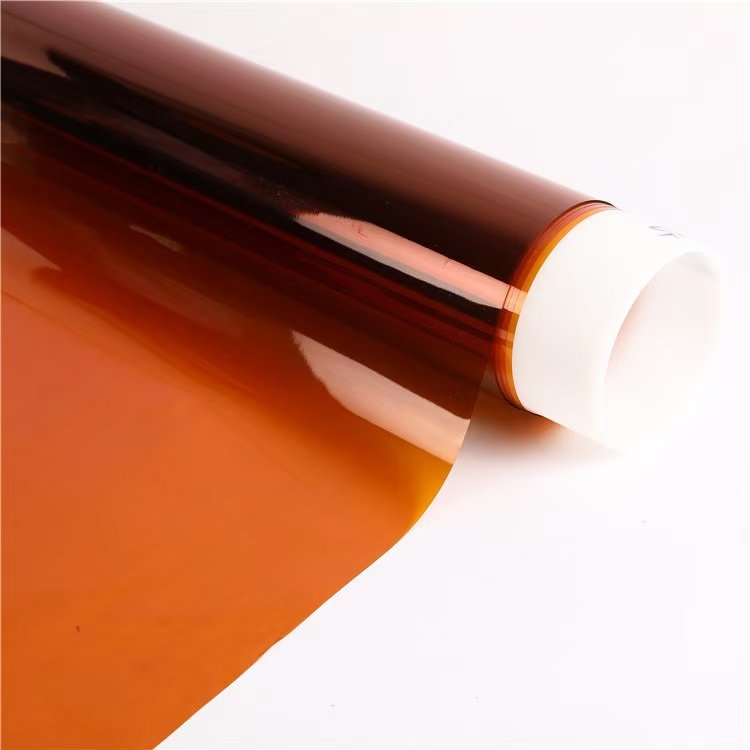
Storage method
1、Tape should be stored in the warehouse to avoid direct sunlight and rain; Do not come into contact with acidic, alkaline, oil or organic solvents, keep clean and dry, and keep a distance of 1 meter from the discovery device. The room temperature should be between -15 ℃ and 40 ℃.
2. The tape should be placed in rolls without folding. If stored for too long, it should be flipped once every season.
3. It is best to use a crane when loading and unloading the conveyor belt, and use rigging with crossbeams to lift it steadily to avoid damaging the edge of the belt. Do not load or unload recklessly, which may cause loose rolls and loose sleeves.
4. The type and specifications of the tape should be selected reasonably according to the usage needs and specific conditions.
5. Do not connect tapes of different varieties, specifications, strength, and fabric layers together for use.
6. It is best to use hot vulcanized rubber joints for conveyor belt joints to improve reliability and maintain high effective strength.
7. The diameter of the conveyor roller and the minimum pulley diameter of the conveyor belt should comply with relevant regulations.
8. Do not make the tape snake or crawl. Keep the rollers flexible and the tension moderate.
9. When the conveyor is equipped with baffles and cleaning devices, wear and tear on the tape should be avoided.
10. Cleanliness is a basic condition for the good operation of adhesive tape. Foreign substances can affect tape eccentricity, tension differences, and even breakage.
11. When early damage to the tape is found during use, the cause should be promptly identified and repaired to avoid adverse consequences.
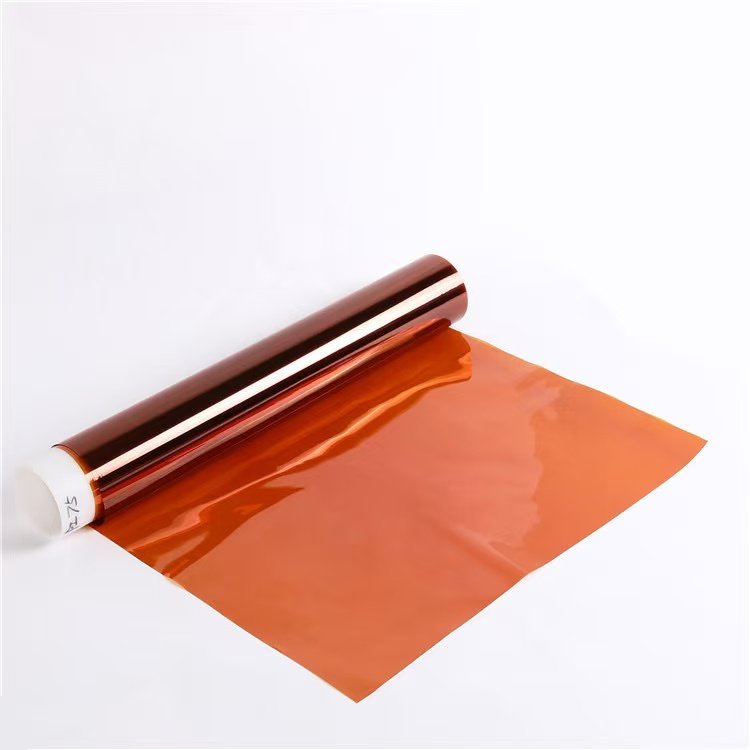
Quality requirement
The quality of polyimide tape is very important. Have you ever learned about the quality requirements of polyimide tape? Let me take a look.
1、The adhesion of polyimide tape should be long-lasting and should not dry out after a period of time;
2. When tearing off the polyimide high-temperature tape, it should be able to be completely removed;
3. When removed after completion, the polyimide tape should not have any residue or images;
4. After long-term bonding of polyimide tape, there should be no bubbles floating or curled edges;
5. Polyimide tape must have weather resistance when used outdoors; 6. Polyimide tape must not have crystal dots.
The way to distinguish
At present, there are many manufacturers of polyimide tape on the market, and the product quality is also uneven. Is there any way to identify the authenticity of polyimide tape? Now, the editor will bring you a method to identify authenticity.
1、Looking at the appearance, generally speaking, low-quality high-temperature tape has a slightly dull color, while high-quality gold finger high-temperature tape has a relatively good surface gloss.
2. Look at the residue after ignition, bake with a lighter for 1 to 2 seconds, and then touch with your hand. The high-temperature tape of the golden finger really won’t stick to your hands.
3. In actual high-temperature testing, after passing through a high temperature of 260 ° C, check for residual glue, shrinkage, and other phenomena, because the temperature resistance of real gold finger high-temperature tape is usually between 120 ° C and 260 ° C.
